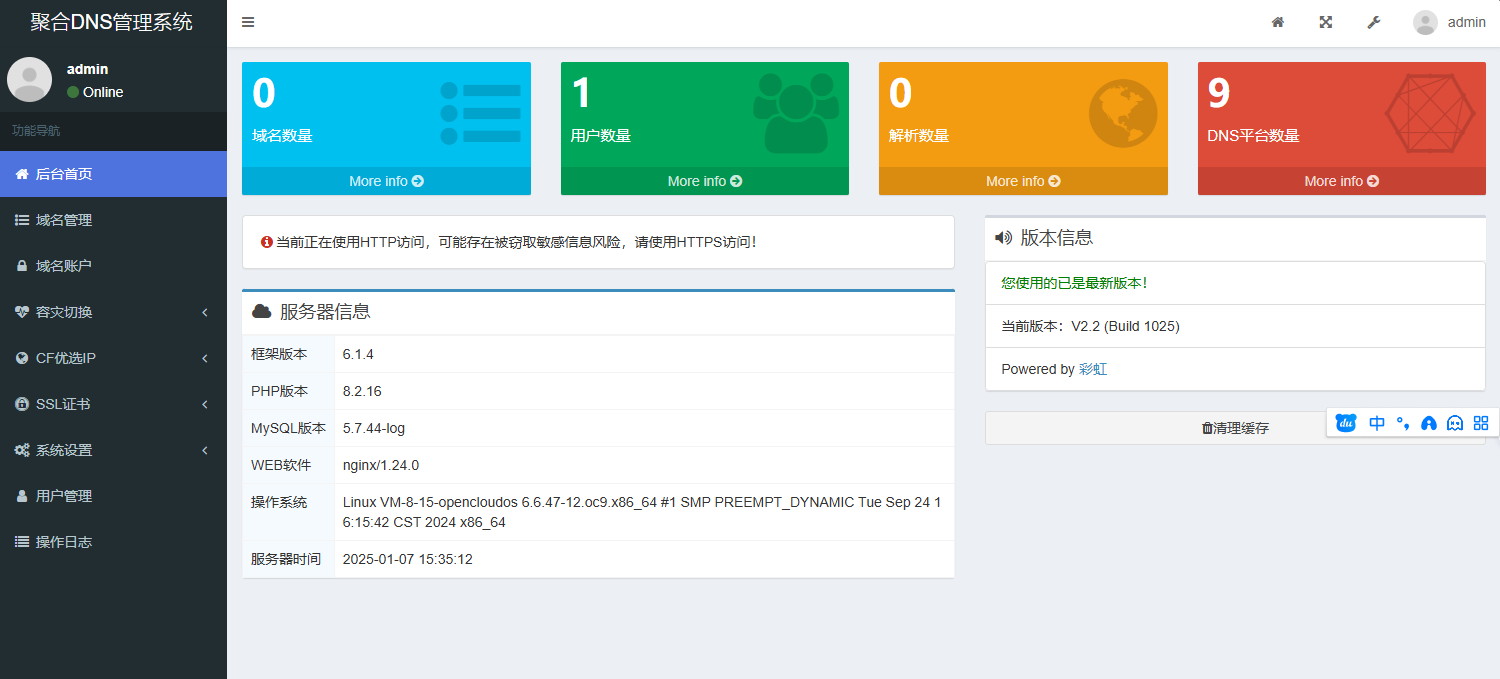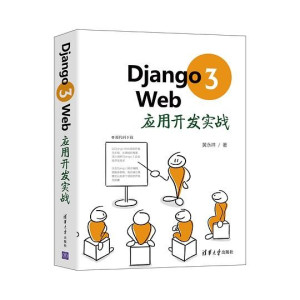这个章节主要是为了引出弱引用这个奇怪的概念。
说实在,这个没有什么太好写的,因为内容比较晦涩难懂!
在其它语言中,也常常存在所谓循环引用问题,和大部分问题一样,在其它语言中这些基本上都不是问题。但是在rust中,这是一个致命的问题。
例如有a,b两个点,a指向b,b指向a。
如果根据截止当前的知识(所有权、一个数据也可以有多个所有者),那么rust可能无法释放a所实际指向的数据,或者是因为循环递归导致堆栈溢出。
或者其实我们也没有必要知道为什么,只要知道结论即可,毕竟如果我们不看编译器是怎么写的。所以,有的时候就是看到了概念,看到了例子也是难以理解。
这些都需要借助于一些概念和例子来理解。
堆栈溢出示例(来自原书):
use crate::List::{Cons, Nil}; use std::cell::RefCell; use std::rc::Rc;#[derive(Debug)] enum List {Cons(i32, RefCell<Rc<List>>),Nil, }impl List {fn tail(&self) -> Option<&RefCell<Rc<List>>> {match self {Cons(_, item) => Some(item),Nil => None,}} }fn main() {let a = Rc::new(Cons(5, RefCell::new(Rc::new(Nil))));println!("a initial rc count = {}", Rc::strong_count(&a));println!("a next item = {:?}", a.tail());let b = Rc::new(Cons(10, RefCell::new(Rc::clone(&a))));println!("a rc count after b creation = {}", Rc::strong_count(&a));println!("b initial rc count = {}", Rc::strong_count(&b));println!("b next item = {:?}", b.tail());if let Some(link) = a.tail() {*link.borrow_mut() = Rc::clone(&b);}println!("b rc count after changing a = {}", Rc::strong_count(&b));println!("a rc count after changing a = {}", Rc::strong_count(&a));// Uncomment the next line to see that we have a cycle;// it will overflow the stack// println!("a next item = {:?}", a.tail()); }
rust在做匹配的时候,会不断找尾巴,结果循着尾巴一直找.....
rust推出一个新的概念:弱引用(weak reference)
所谓弱引用,即指向某个数据,但是这种引用不会产生所有权方面的问题,就如同大部分其它语言那样的美好。
一、重要概念
Rc::downgrade
Rc::downgrade 会将 weak_count 加 1,同时返回Weak<T>指针
这个函数用于构建弱引用
Weak::upgrade()
Weak<T> 实例的 upgrade 方法,这会返回 Option<Rc<T>>
二、例子
书上例子很完善,稍微修改了下:
use std::cell::RefCell; use std::rc::{ Rc, Weak };#[derive(Debug)] struct Node {value: i32,parent: RefCell<Weak<Node>>,children: RefCell<Vec<Rc<Node>>>, }fn main() {look_weak_ref(); }fn look_weak_ref() {let leaf = Rc::new(Node {value: 3,parent: RefCell::new(Weak::new()),children: RefCell::new(vec![]),});println!("leaf strong = {}, weak = {}", Rc::strong_count(&leaf), Rc::weak_count(&leaf));{println!("------------------------------------------------------------------------------");let branch = Rc::new(Node {value: 5,parent: RefCell::new(Weak::new()),children: RefCell::new(vec![Rc::clone(&leaf)]),});*leaf.parent.borrow_mut() = Rc::downgrade(&branch);println!("branch strong = {}, weak = {}",Rc::strong_count(&branch),Rc::weak_count(&branch));println!("leaf strong = {}, weak = {}", Rc::strong_count(&leaf), Rc::weak_count(&leaf));println!("------------------------------------------------------------------------------");}println!("leaf parent = {:?}", leaf.parent.borrow().upgrade());println!("leaf strong = {}, weak = {}", Rc::strong_count(&leaf), Rc::weak_count(&leaf)); }

三、小结
如果我们成心构建导致堆栈溢出的死循环,还是可以的,书上也有这个例子。
但rust提供了可以避免这个的方法,毕竟这种需求还是不鲜见的!









![pd虚拟机 [po] Parallels Desktop 20 激活 for Mac [jie] 安装教程【支持M芯片】](https://img2024.cnblogs.com/blog/3589181/202501/3589181-20250107192853206-417027028.webp)

